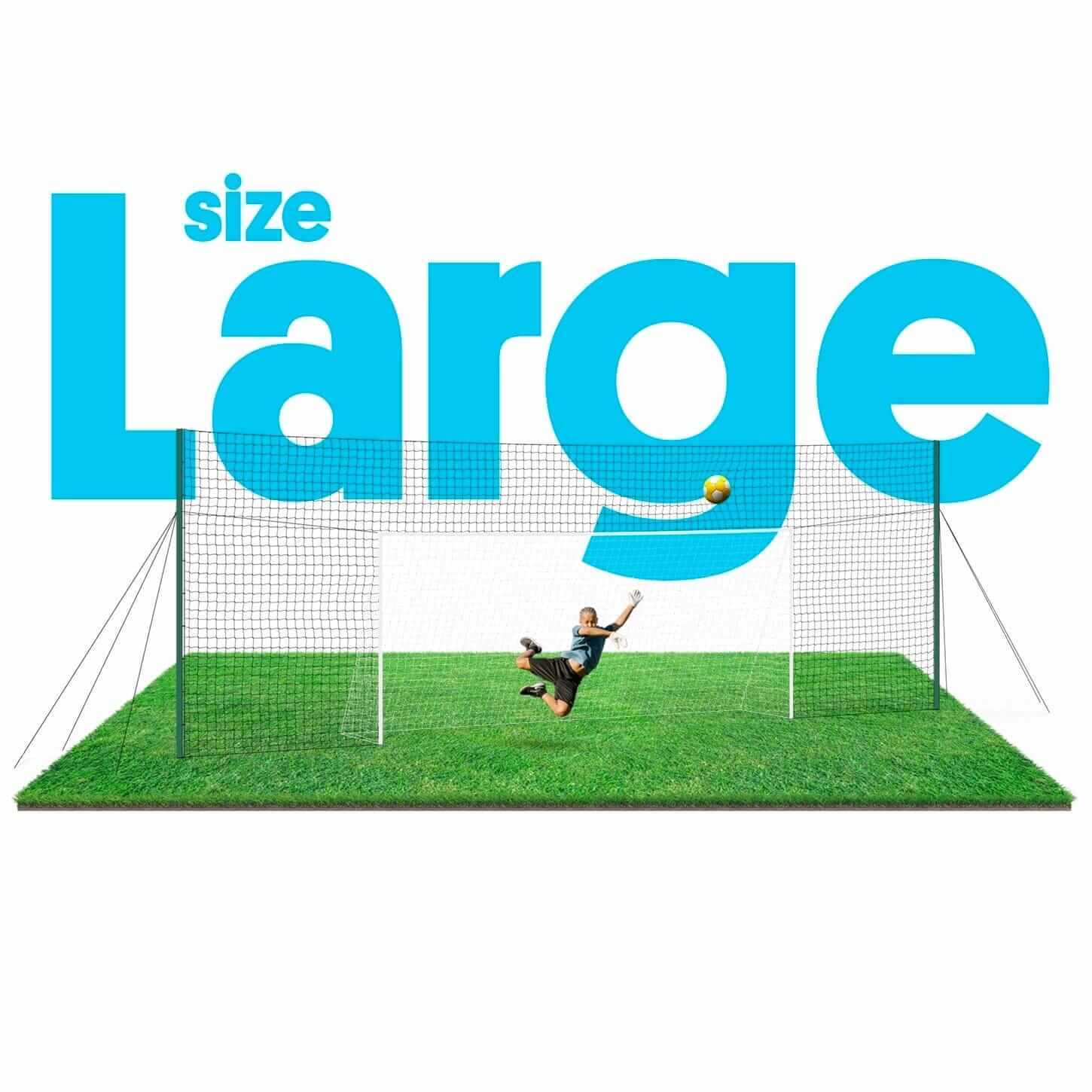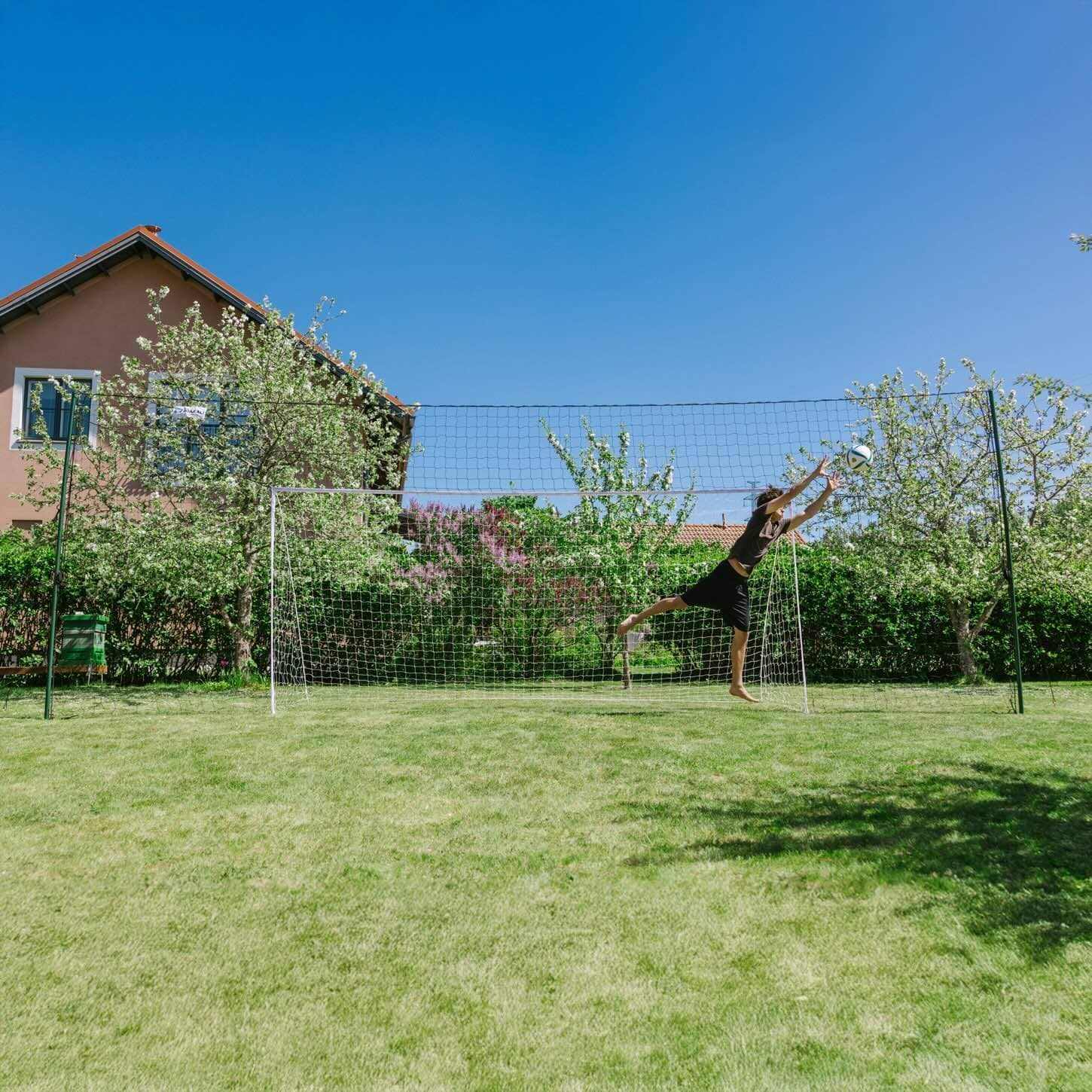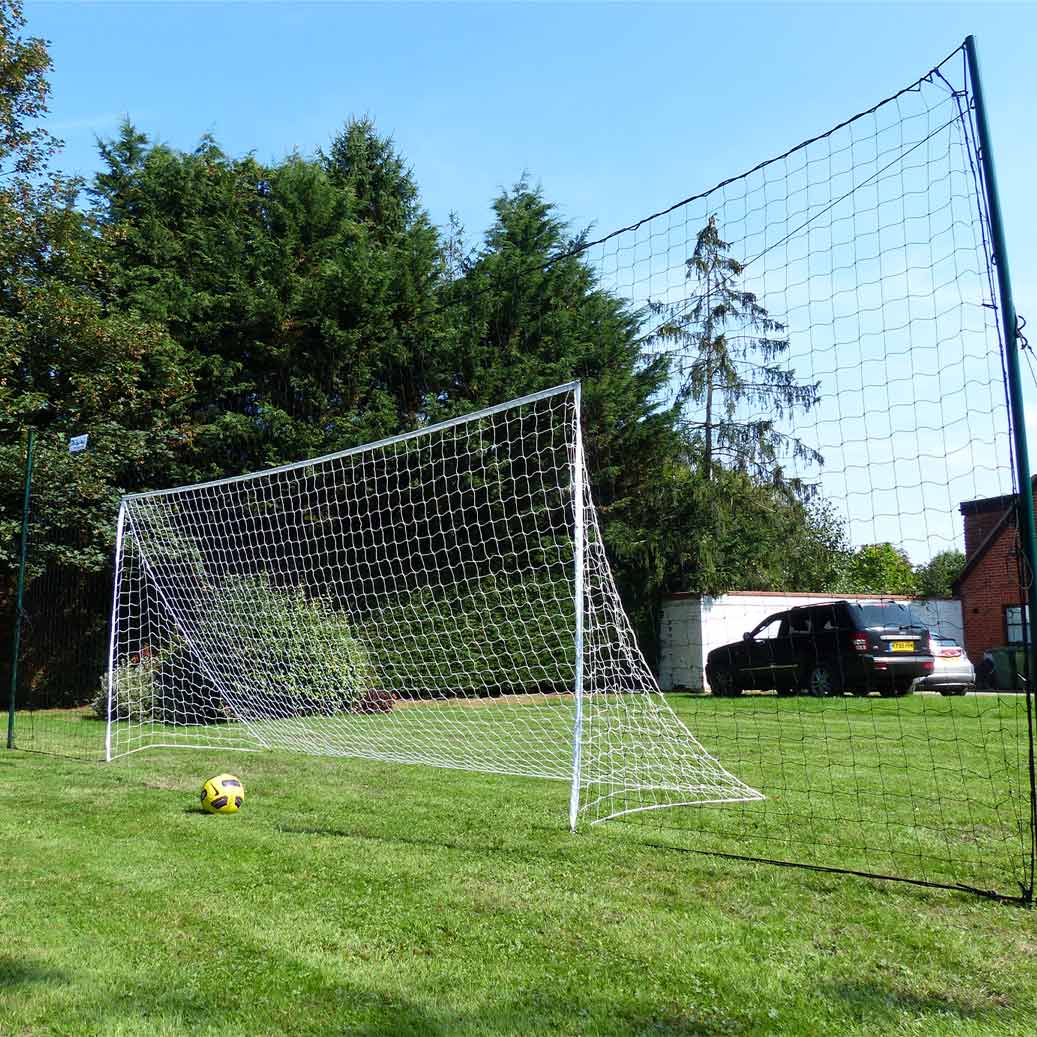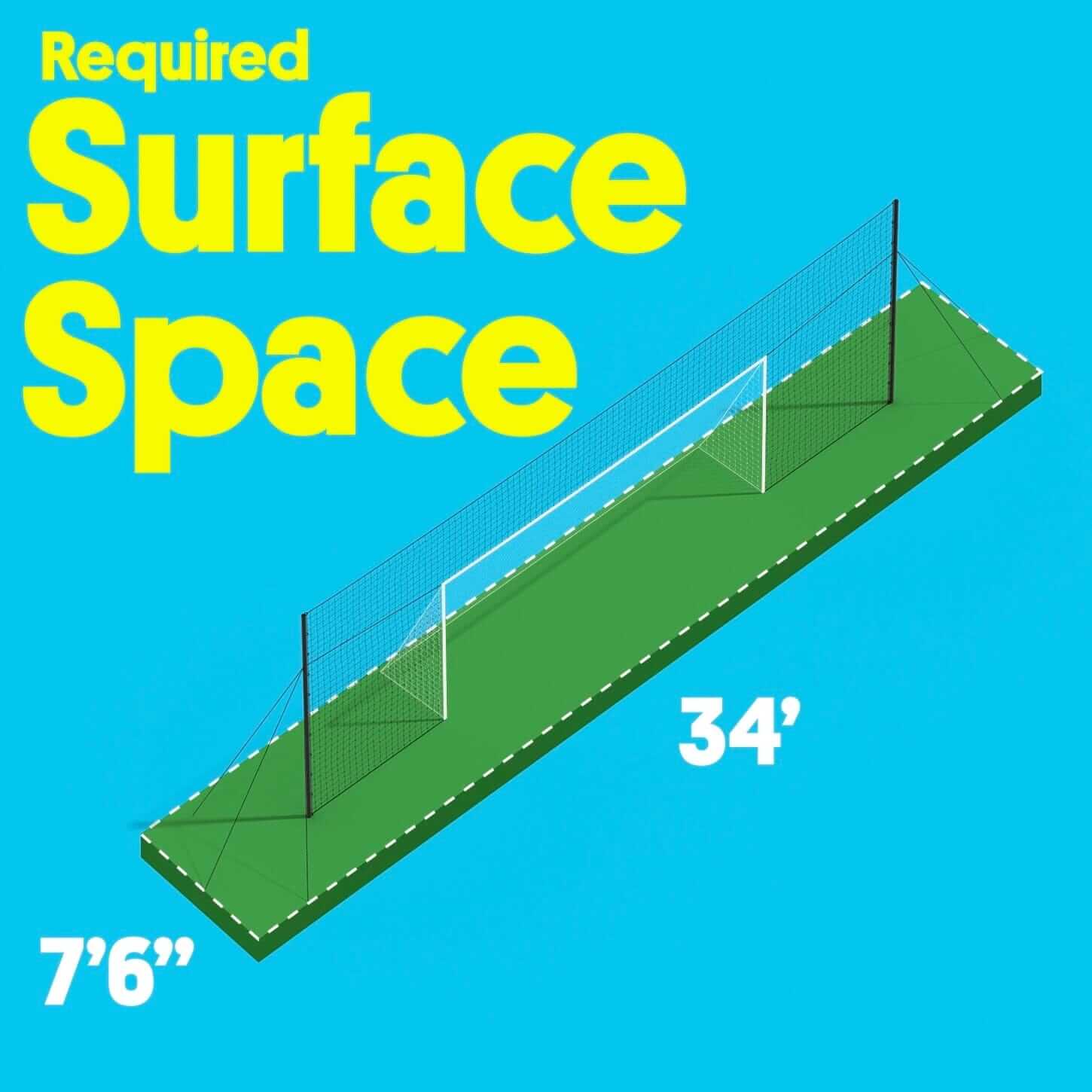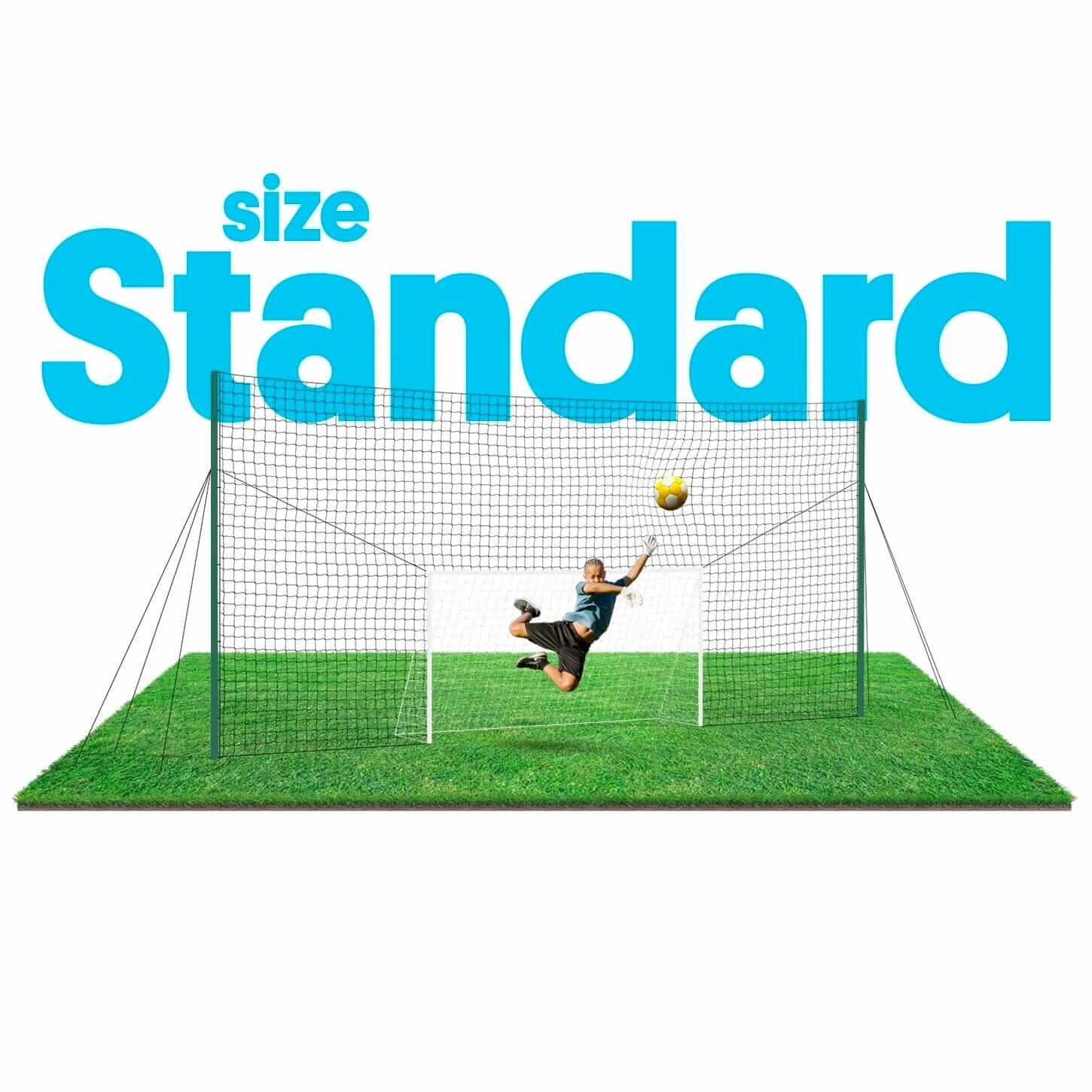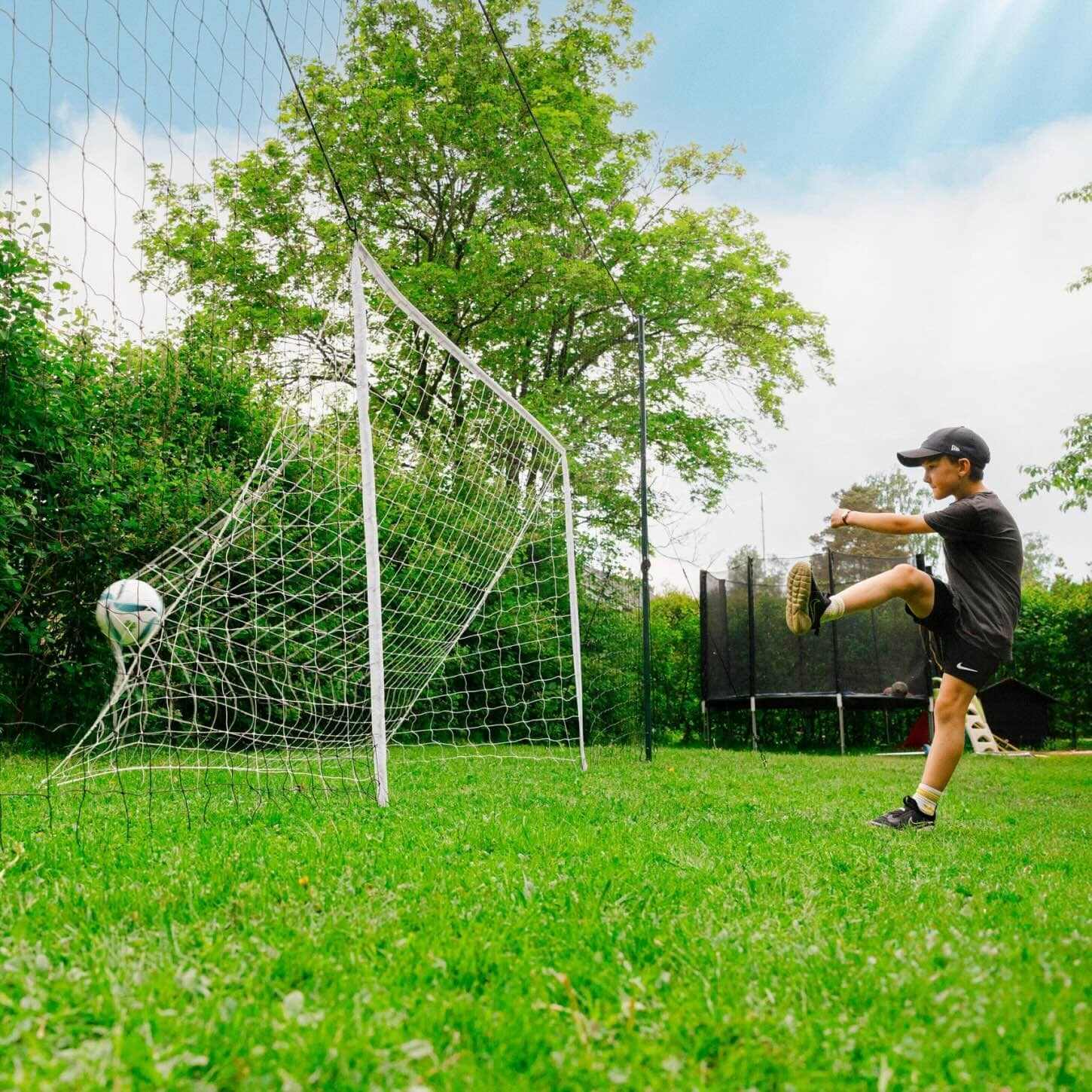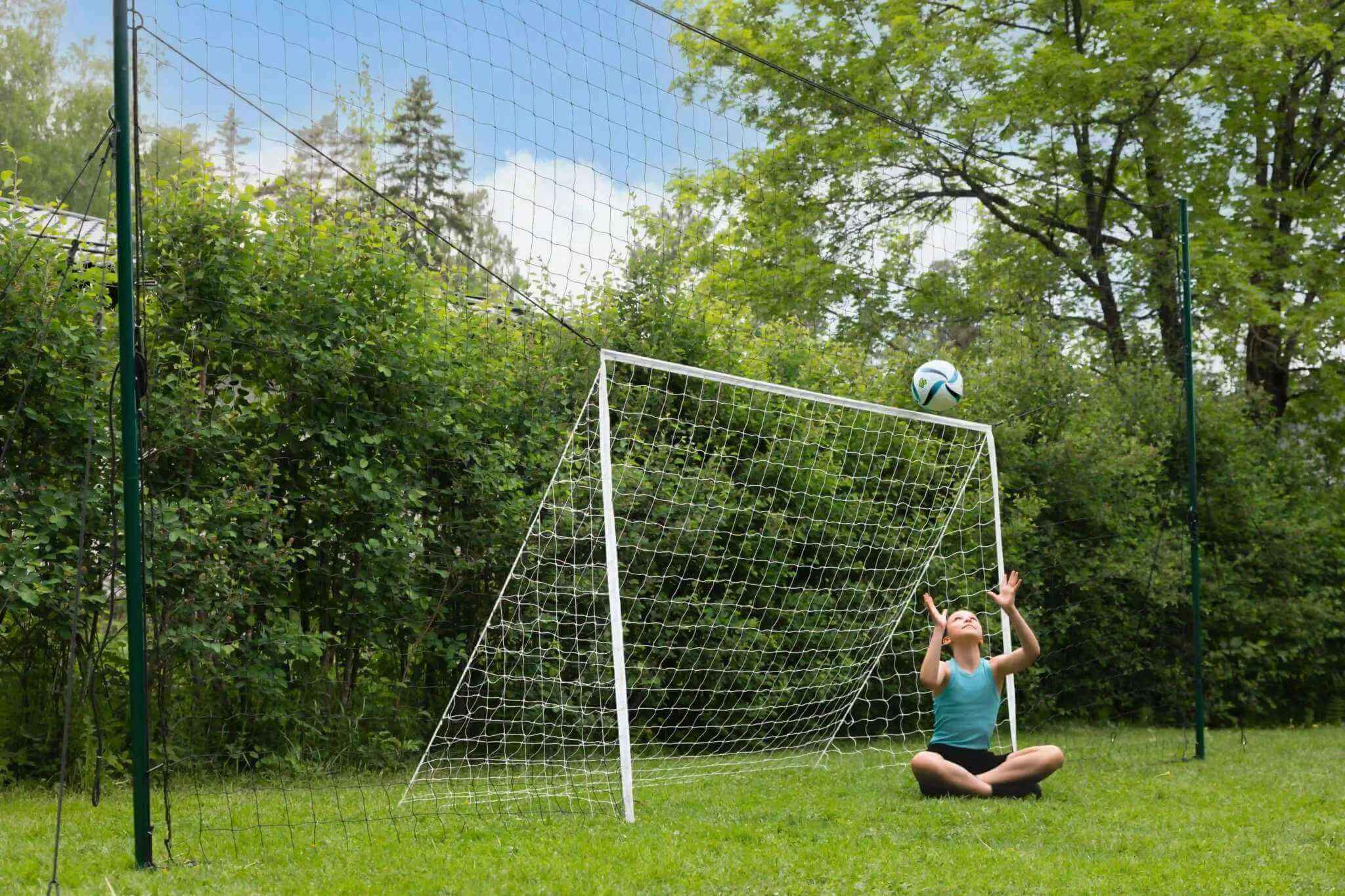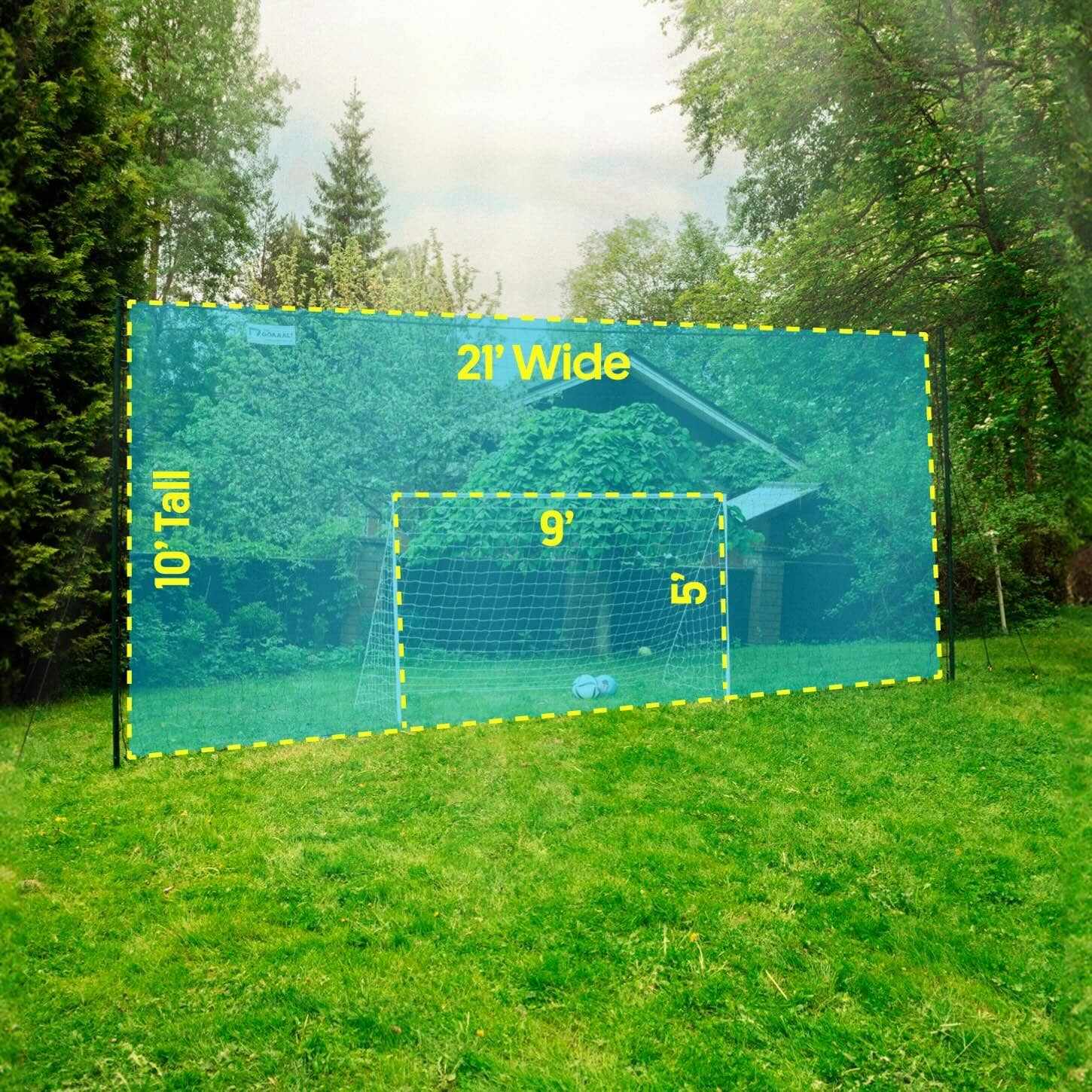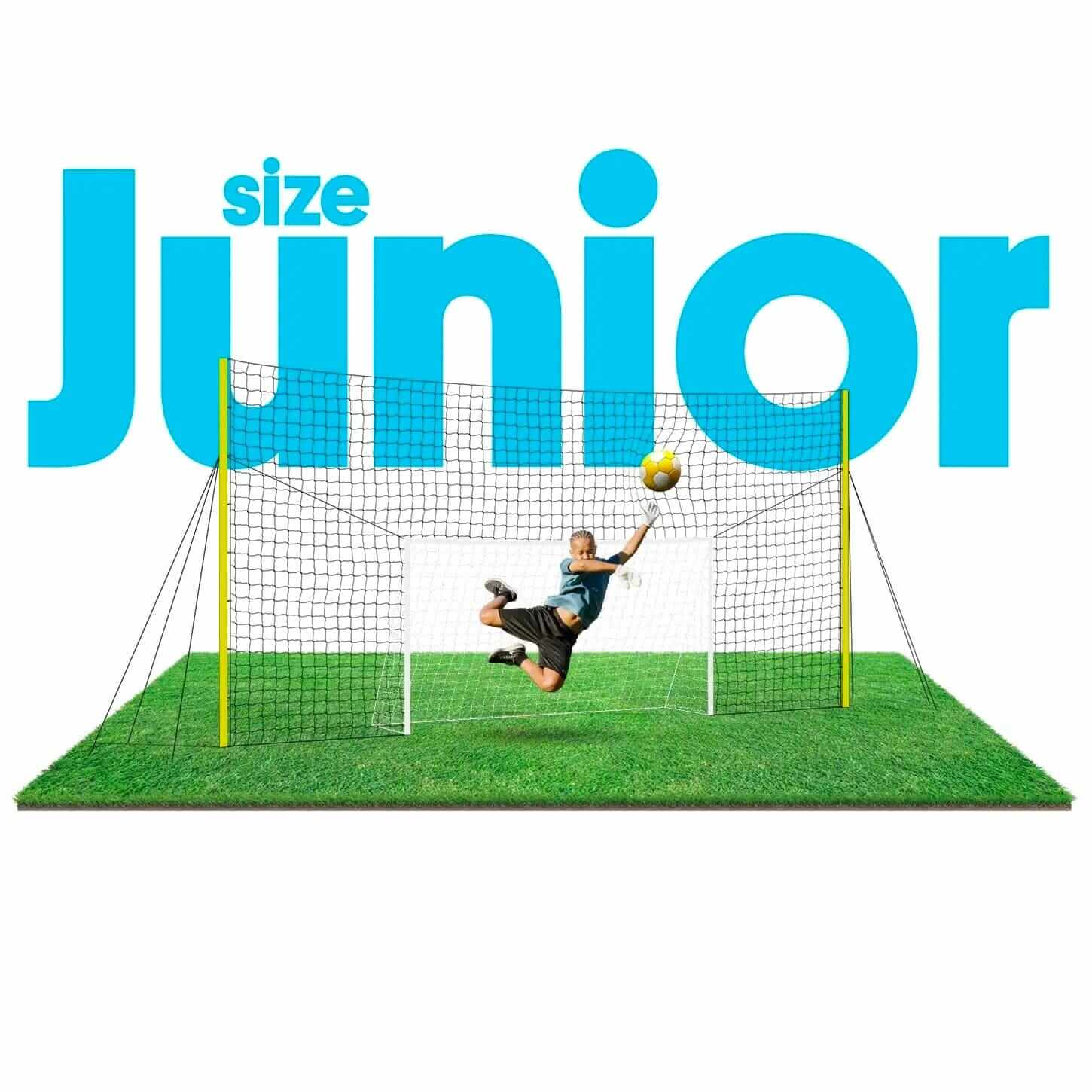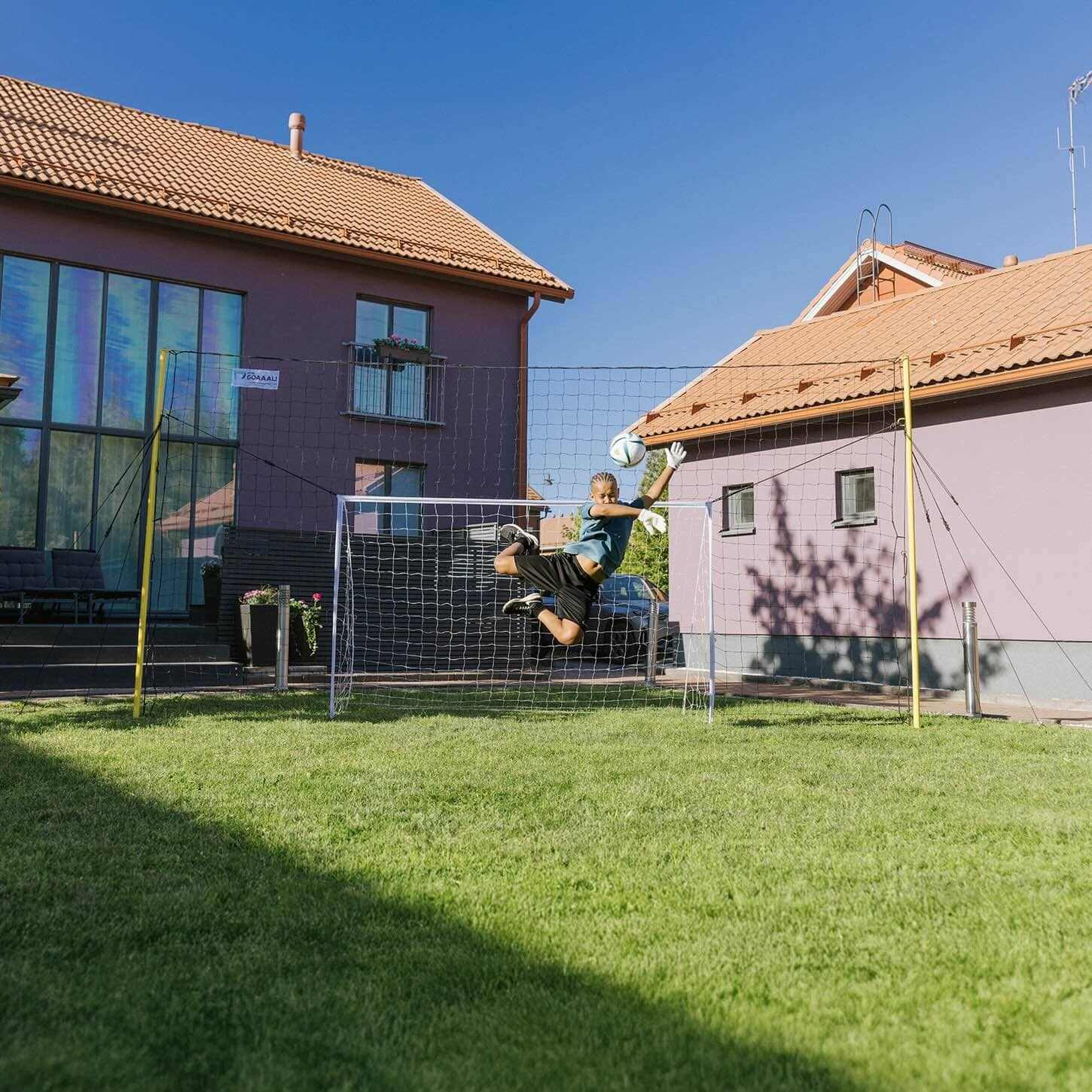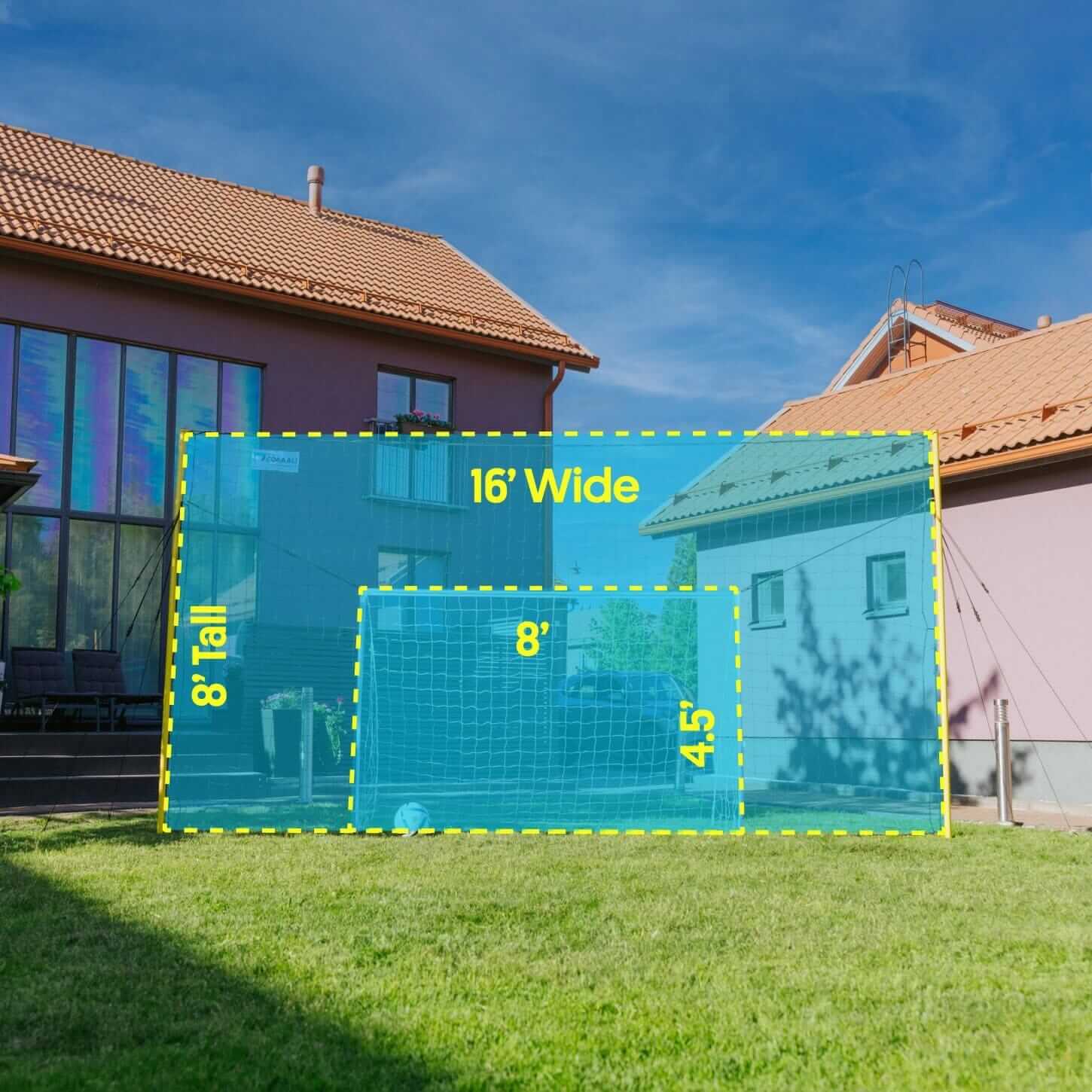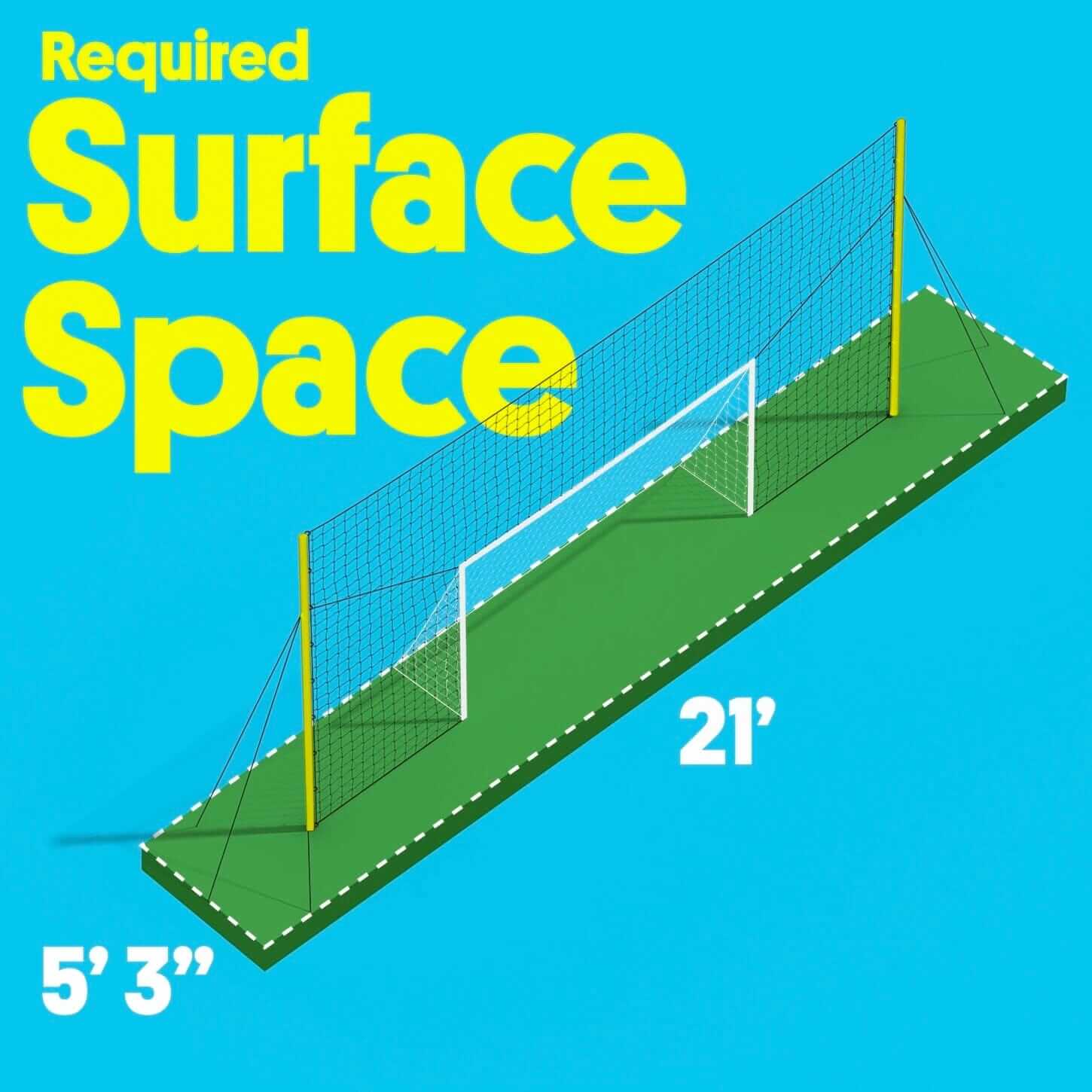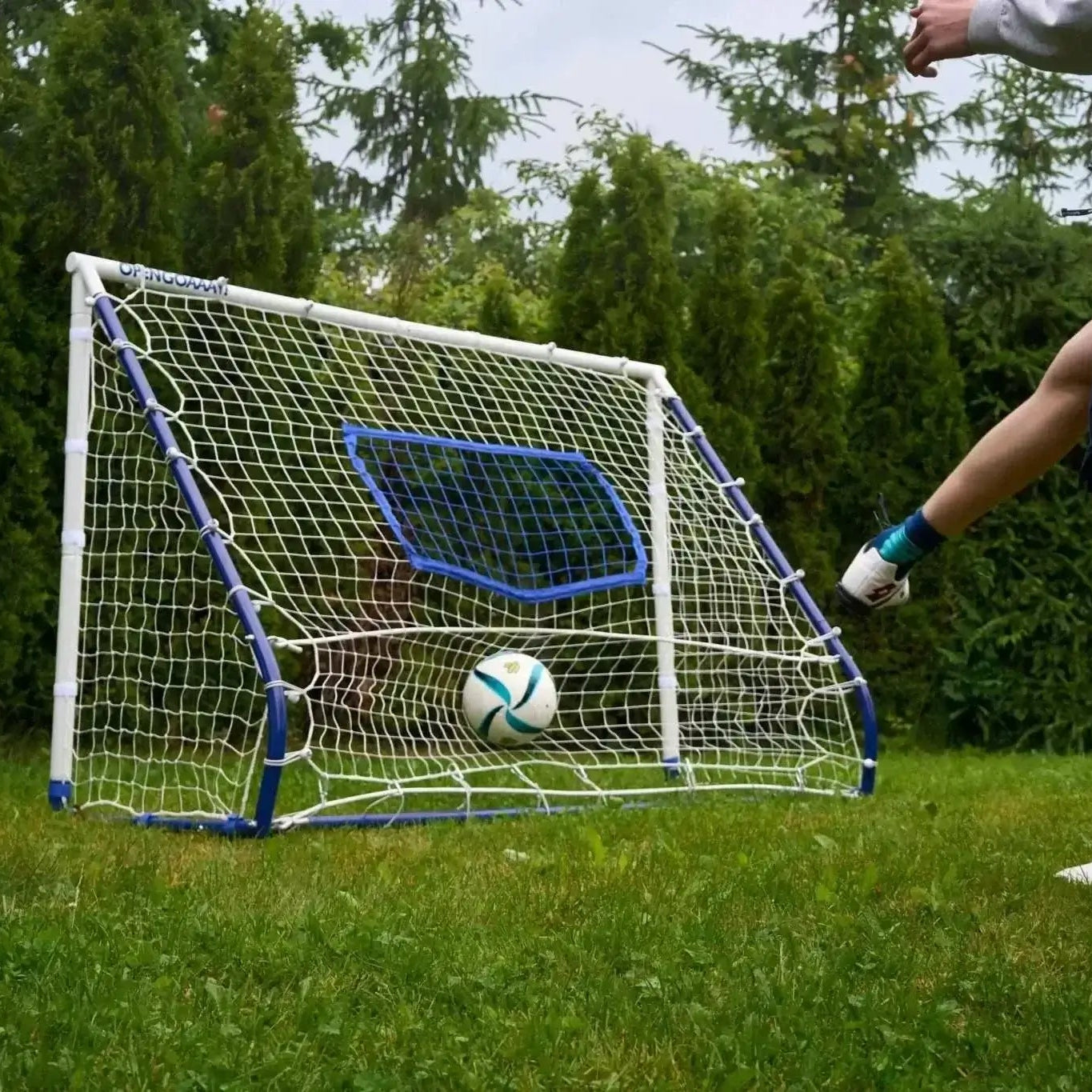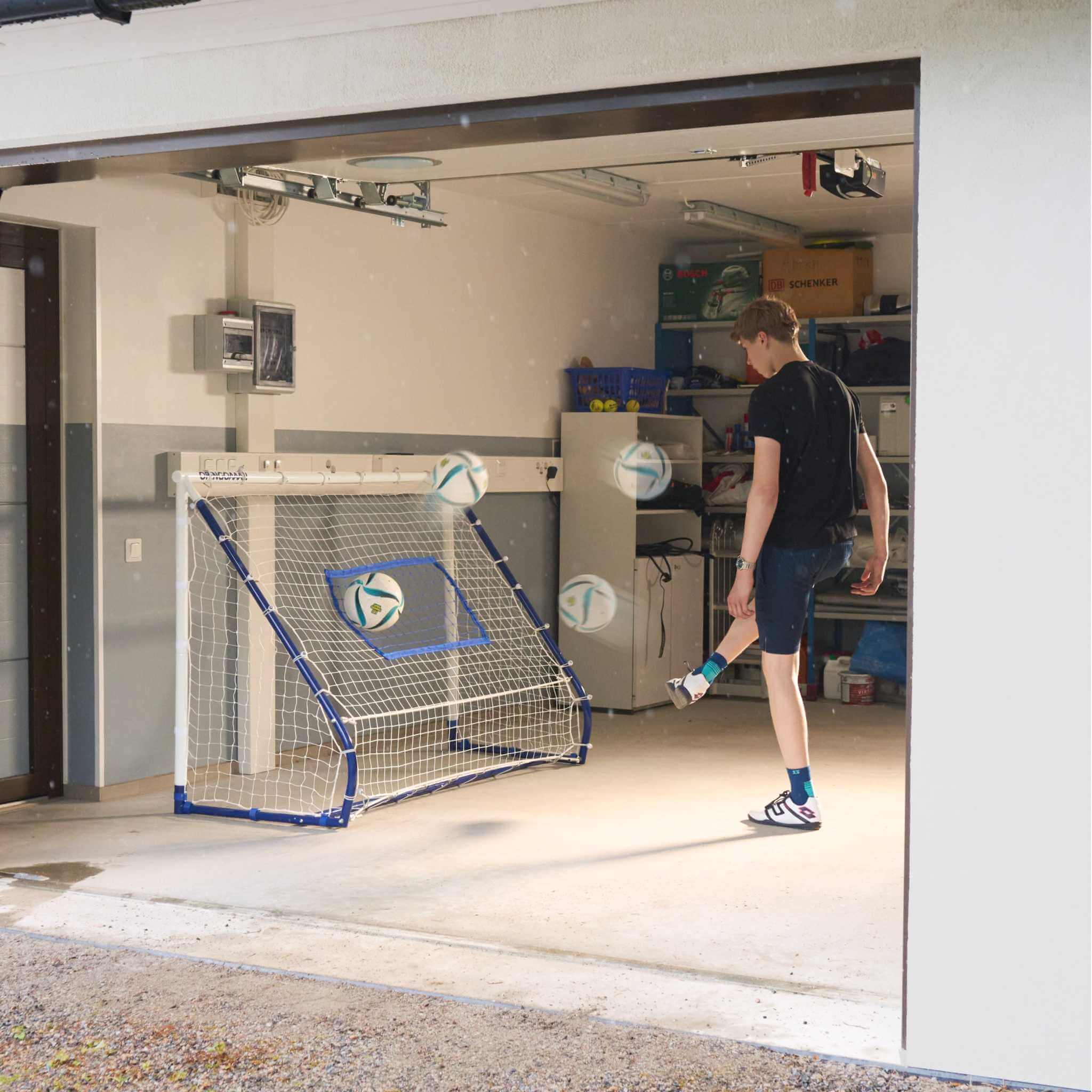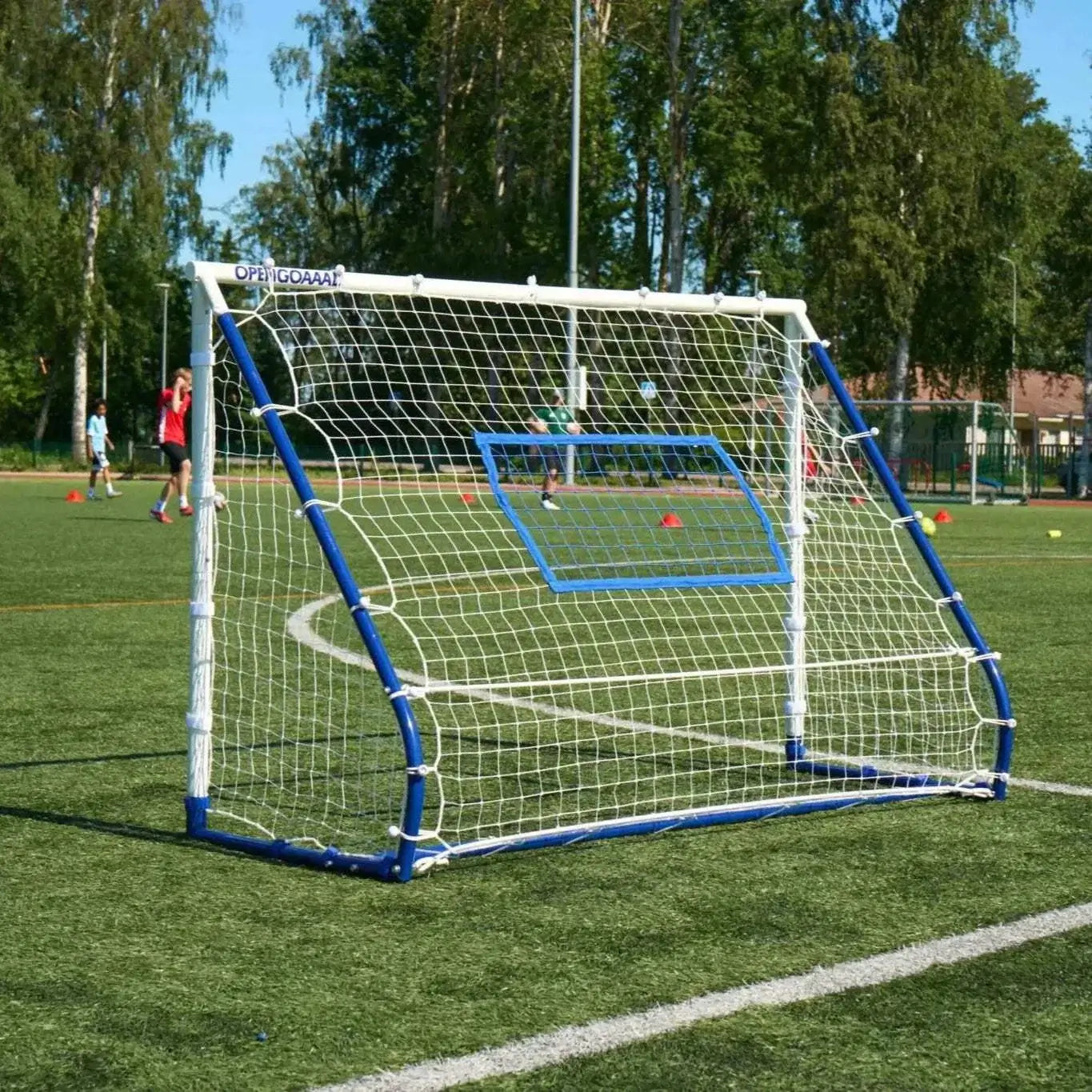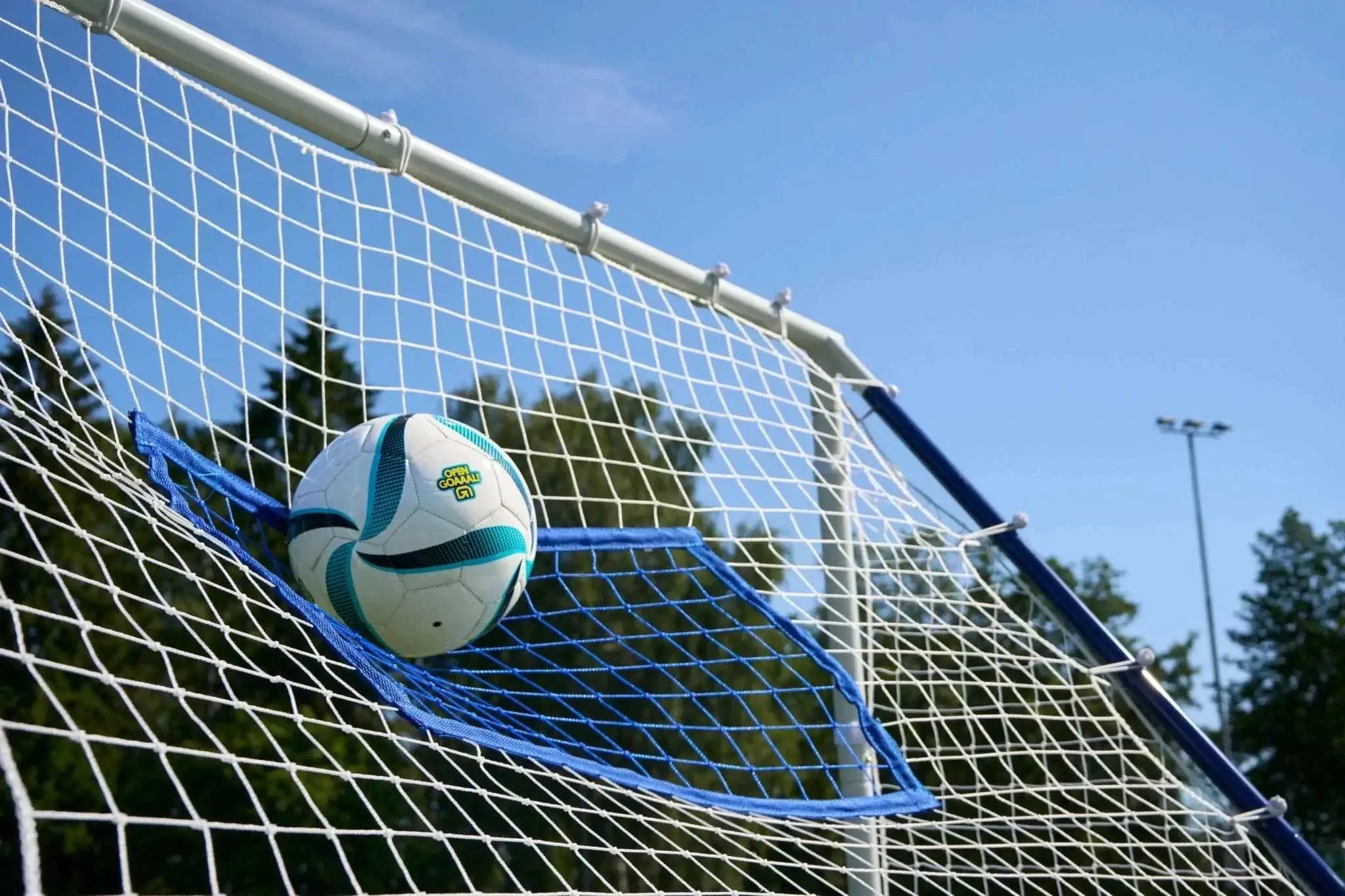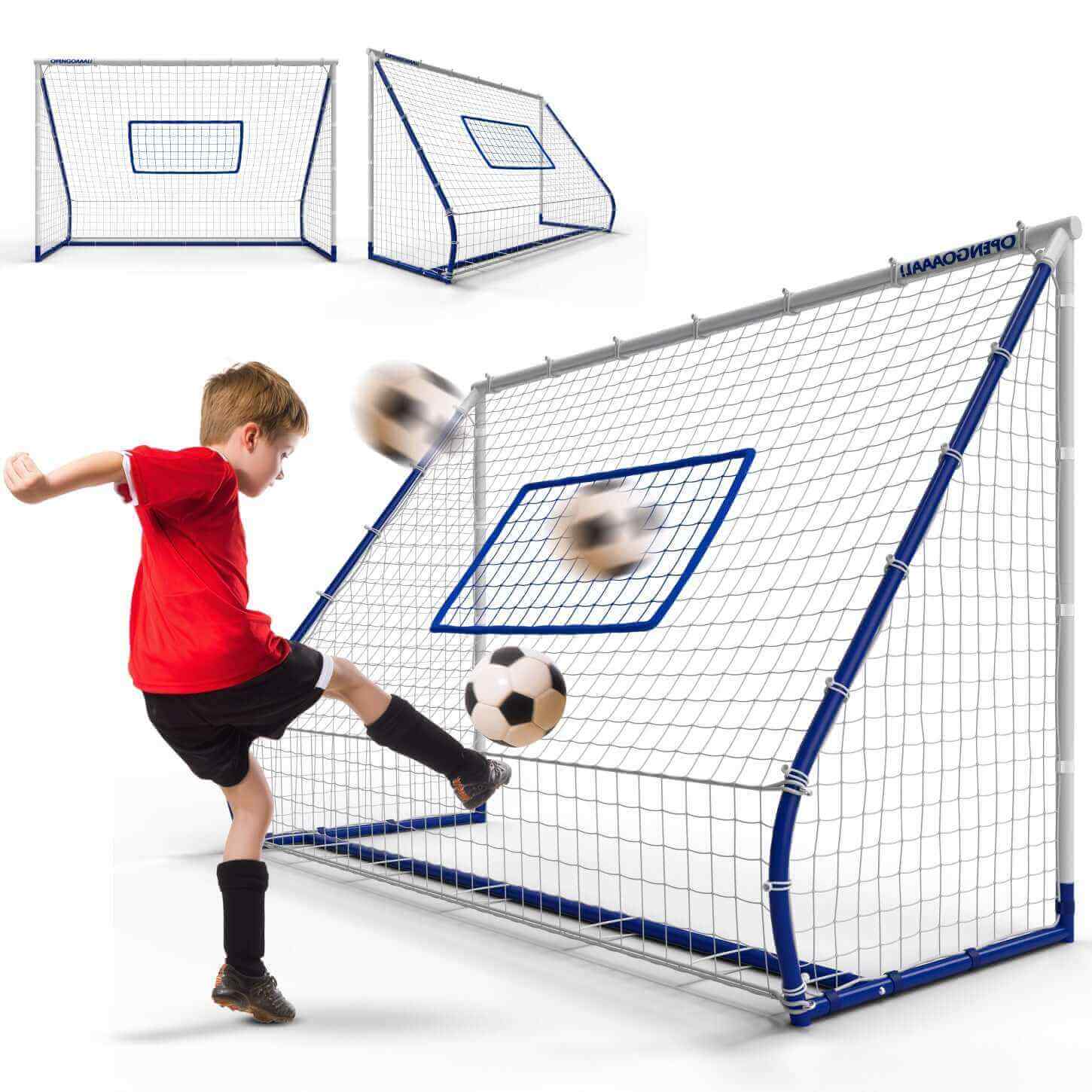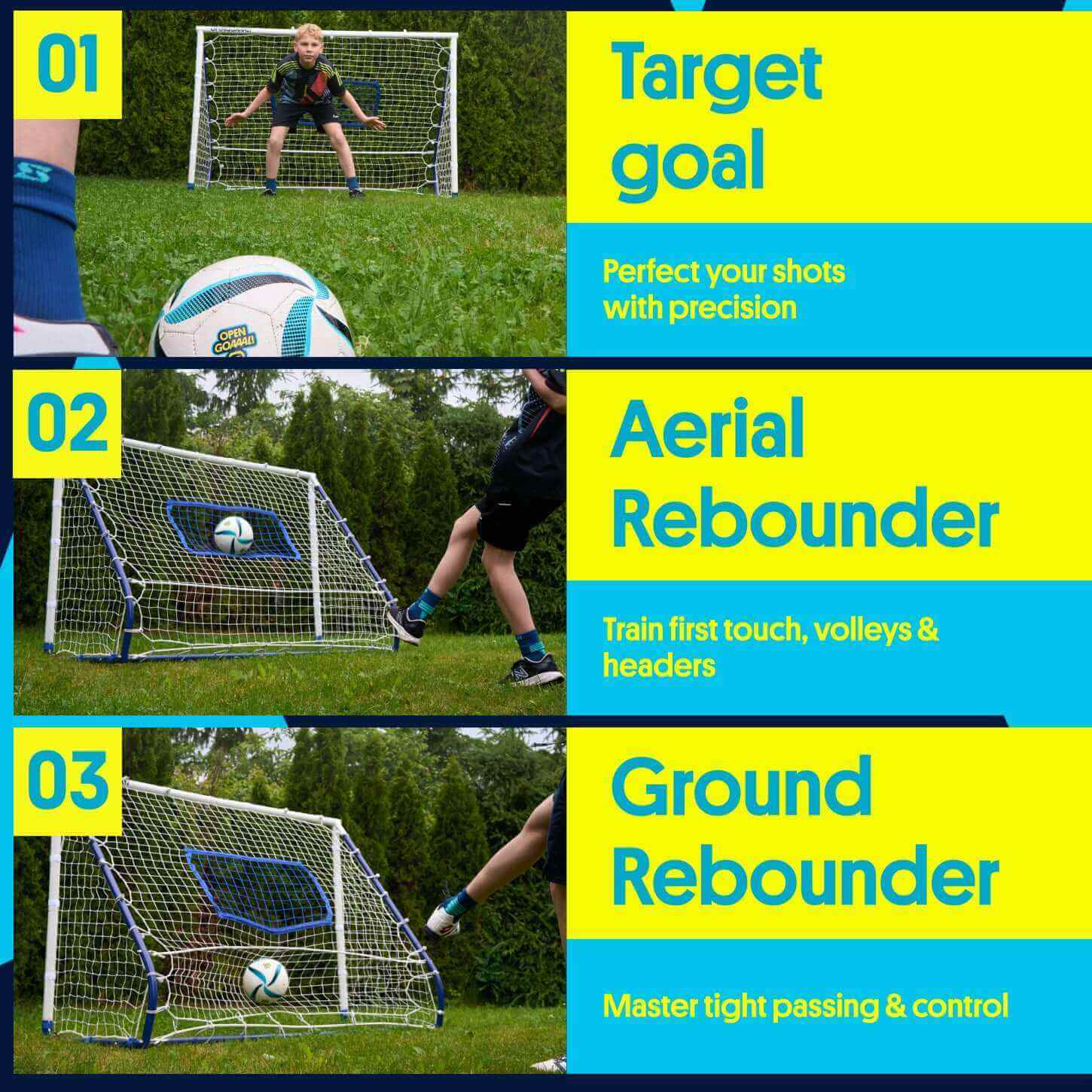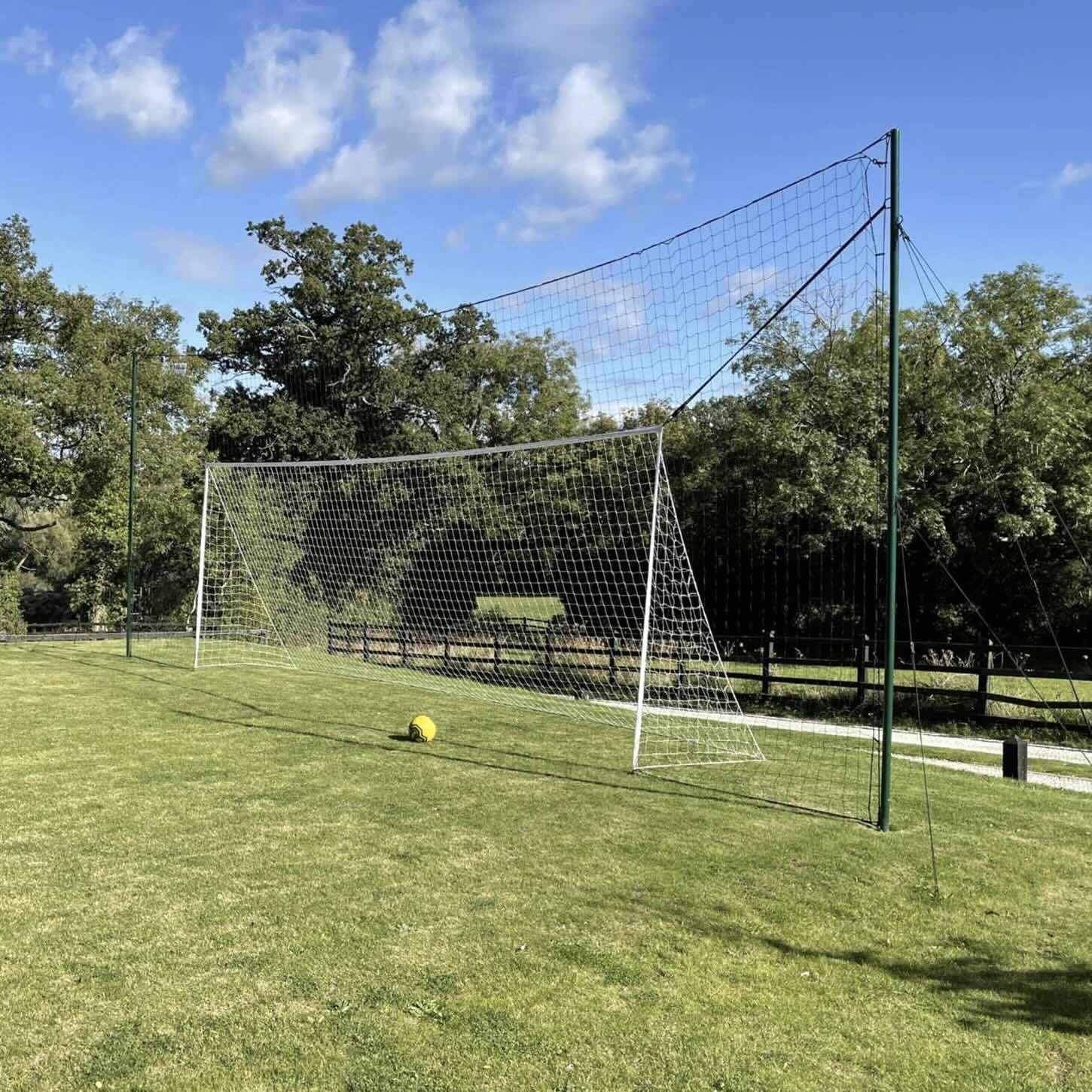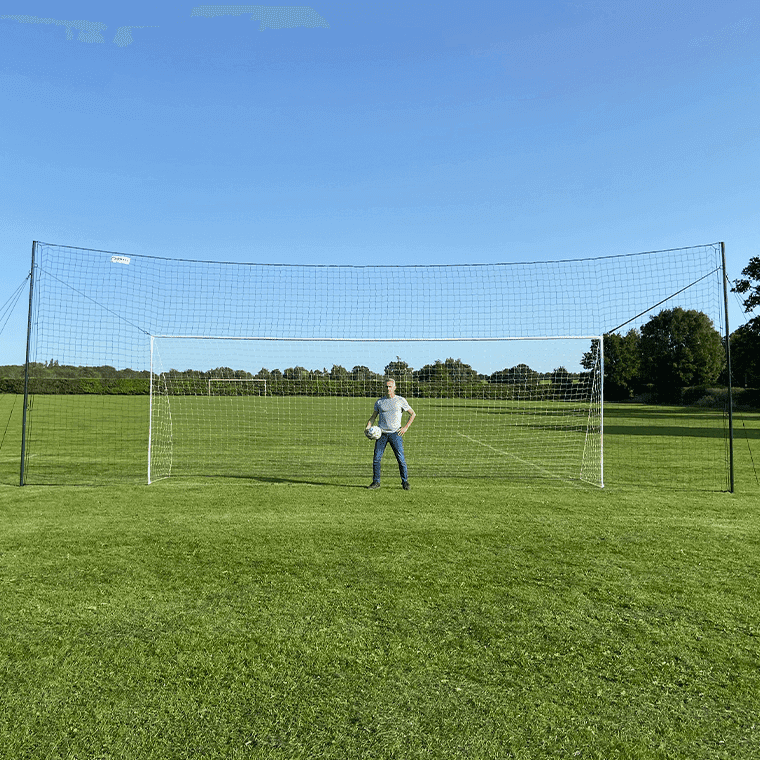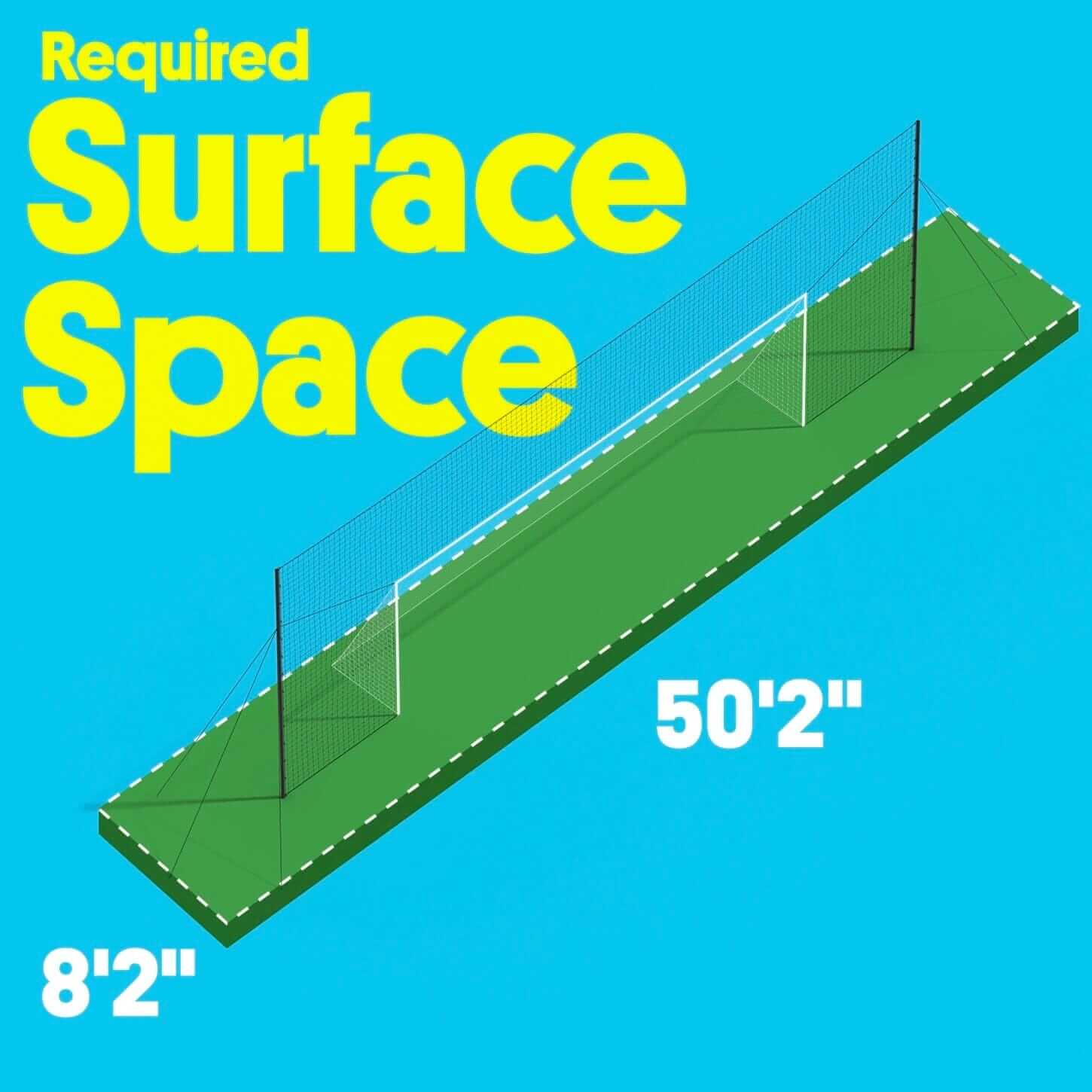Contrary to popular belief, soccer balls come in different sizes; there are five standard sizes in all, ranging from 1 to 5. The reason for that is that international soccer federations around the world are concerned with youth development, and to make sure that the size of balls they use are appropriate to the age and state of physical maturity of those playing the game.
First, there is a physical safety issue involved. A professional size soccer ball, if it hits a young child can injure them seriously. And ligaments and tendons can be damaged if they start to kick a larger ball before they are physically developed enough to do so safely.
It's important that coaches and parents understand appropriate US soccer ball sizes by age.
There is also an enjoyment aspect – if a ball is too large, it can be challenging to control and manipulate, and it is harder to learn vital skills like first touch, ball control, and passing. Frustration can set in, and players cease to have fun when playing the game. This, after all, should be the first objective for any parent encouraging their child to play soccer.
Children should also practice with the same size soccer ball that they use during organized games and formal coaching sessions. That is because the more comfortable they are with how a ball bounces and reacts during a training session, the more likely they are going to be able to reproduce those skills when it matters, in a match situation. You can also find kids soccer balls that are specifically designed for different types of training, including "softer" balls that intended to practice curving and shaping shots.
Balls vary in terms of circumference and weight, but one constant is pressure. While there are no stipulations in terms of the two smaller sizes of ball, the same standard applies to the three larger types, all of which should be pressured to 0.6 BAR, which translates to 8.7 pounds per square inch.
It should be noted that there is usually also a difference in the size between newer and old soccer balls, regardless of the type of ball that is being measured. More modern soccer ball sizes are typically smaller than older, equivalent types. This is because, when a ball is kicked, the threads are pulled against the outside material which covers the ball as a result of pressure. Over time, the soccer ball will expand slightly – the more kicks or hits it receives, the bigger it gets.
While the degree of expansion depends on the quality of the ball and the materials used, it has been estimated that older balls can increase by up to 20% in size over time. That is why, in the case of official soccer tournaments, new balls are used for every game.
So what are the standard size soccer balls? Here are the different soccer ball sizes explained.
Size 1
This is the smallest soccer ball size designed specifically for very young children, aged three and under, whose primary motivation for kicking a ball around is to have fun. They are just 18 – 20 inches in circumference and often light, so children do not hurt themselves playing with them.
This the best toddler soccer ball size to teach a child who is just learning.
Sometimes older children and even adults can use these balls to improve their first touch, ball control, and overall technique, but this size is primarily used as a younger kids soccer ball.
Size 1 balls have become collectors’ items as well – many clubs sell them in their shops or online with their team crest or logo emblazoned on them.
Size 2
One size up, this soccer ball weighs between 250 and 280 grams (8.8 to 9.9 ounces) and is between 20 and 22 inches in circumference. The size two is the best u5 soccer ball size.
Like Size 1, the Size 2 soccer ball can be used by older players to improve their skills and technique, and professional soccer clubs frequently sell them featuring club colors and logos.
Size 3
The Size 3 ball is the US Youth Soccer recommended U8 soccer ball size and it is the smallest ball which is allowed for matches between two teams.
23 – 24 inches in circumference, and weighing between 300 and 320 grams (10.6 to 1.3 ounces), it is bit heavier than the other two sizes, but it is still small and light enough for children to be able to play and practice with it without risk of injury.
Coaches who work with younger age groups advocate using size three soccer balls as they hold that children develop their skills better, and gain more confidence on the ball.
Size 3 balls should contain printed information on the ball itself, stating its size. If not, a flexible measuring tape can be used to measure its dimensions.
Size 4
The next ball up is medium-sized and is ideal for players aged between 8 and 11 years of age. A size four ball is between 25 and 26 inches in development and weighs between 350 and 390 grams (12.3 and 13.8 ounces). In reality, a size four ball is not significantly smaller than a standard regulation ball but represents a significant stage in the development of a young player because it gives them time to adjust as they grow older and stronger, and develop more skills. This is the most standard soccer ball size used as kids become old enough to become more serious about soccer.
Size 5
Size 5 is the ball used in standard international matches, and regular professional league soccer, as well as in thousands of amateur games between adults played every week. It is recommended for all players aged 12 years or over.
The Football Association first decided the current size of these balls in 1863 and then modified by the fledgling FIFA organization some nine years later. The dimensions of these balls have scarcely changed size. While the performance of balls has improved tremendously, thanks to new technologies and the use of advanced materials in their composition, the size has barely altered.
A size 5 football should weigh anywhere between 410 to 450 grams (14 to 16 ounces) and should be between 27 and 28 inches in circumference.
When buying a Size 5 soccer ball, prospective purchasers should make sure that it is marked as either “FIFA approved” or “FIFA Inspected.” That is because they can feel confident that balls that have been marked in this way have been rigorously tested to ensure that they meet criteria such as roundness, water absorption, loss of pressure, size and shape retention.


